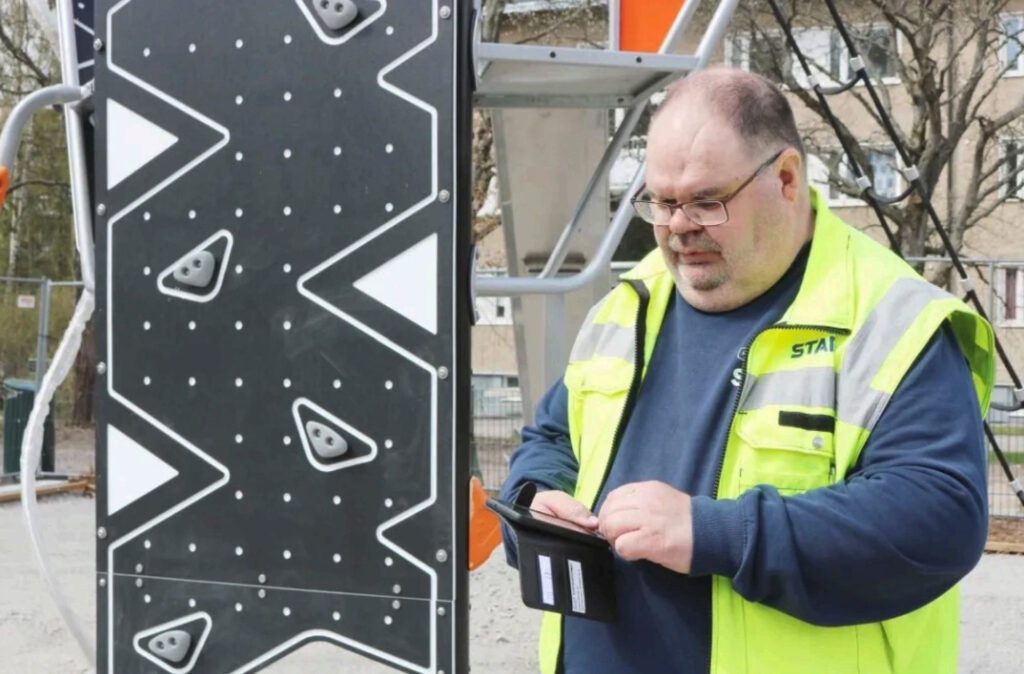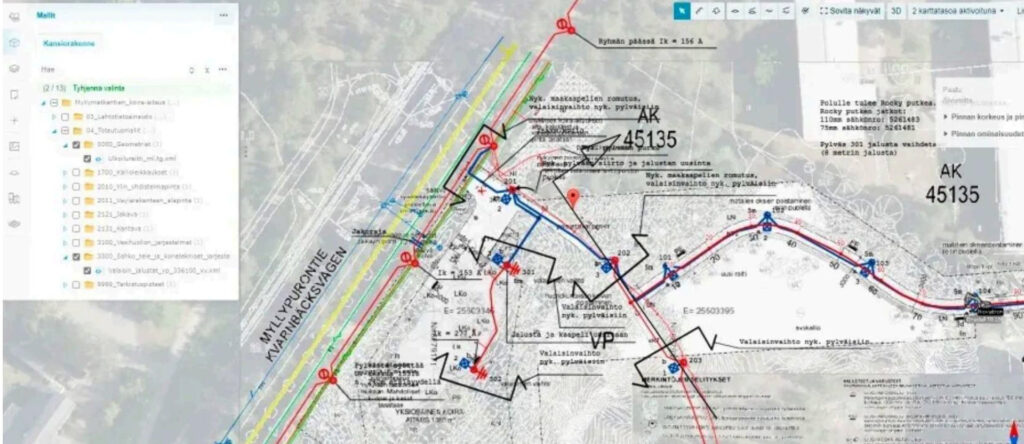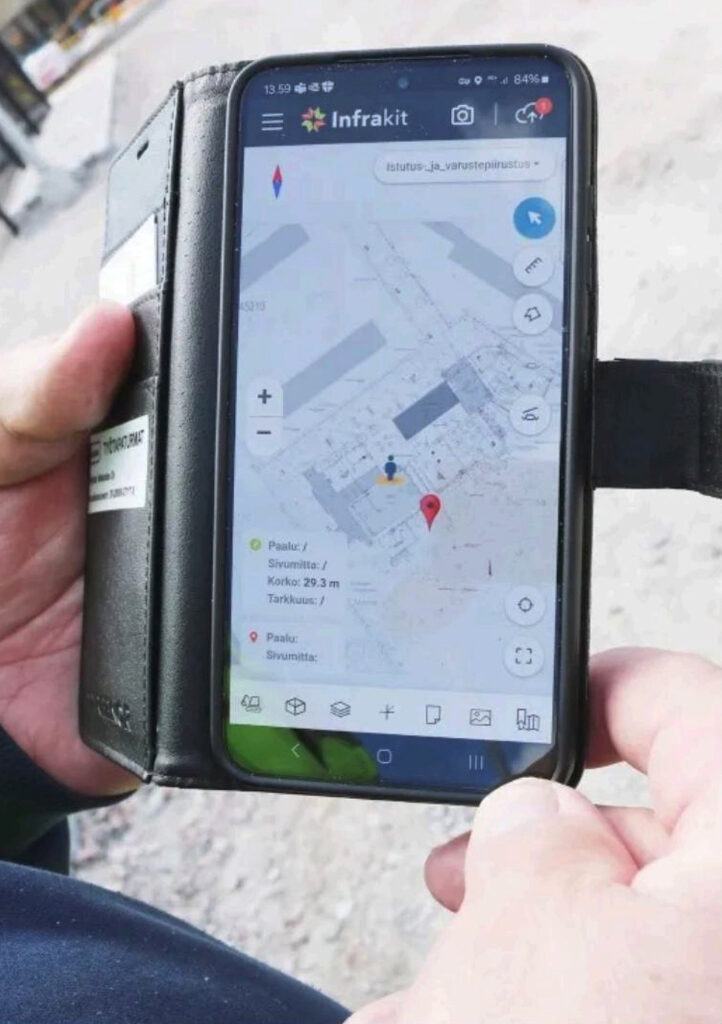Real time data used for site management

Image credits: https://viherymparisto.vyl.fi/

Image credits: https://viherymparisto.vyl.fi/
Managing infrastructure construction projects goes far beyond simply overseeing the visible elements. It also involves managing vast amounts of data generated throughout the project’s lifecycle. Infrakit is changing how project managers like Mika Huovinen, who oversees various sites for Helsinki City’s construction services, STARA, approach this challenge. Combining his background in horticulture and IT, Huovinen uses Infrakit to improve efficiency and precision in managing construction projects.
Managing infrastructure construction projects goes far beyond simply overseeing the visible elements. It also involves managing vast amounts of data generated throughout the project’s lifecycle. Infrakit is changing how project managers like Mika Huovinen, who oversees various sites for Helsinki City’s construction services, approach this challenge. Combining his background in horticulture and IT, Huovinen uses Infrakit to improve efficiency and precision in managing construction projects.

Image credits: https://viherymparisto.vyl.fi/
Huovinen describes the impact of using Infrakit in his work, saying it “speeds up the work, makes it more interesting, and gives the opportunity to study in advance what is coming where”. Infrakit offers a real-time digital overview of the construction site, integrating data from various sources like excavation models, GNSS (Global Navigation Satellite System) devices, and drones. This technology enables project managers to visualize and anticipate potential issues by layering different map data, minimizing the need for traditional survey methods.

Image credits: https://viherymparisto.vyl.fi/
Huovinen highlights Infrakit’s ability to streamline workflows and improve communication. For instance, workers on-site can use mobile apps to access and update project data, ensuring everyone is aligned. He notes, “The measurement staff don’t have to visit the site as often as before; we manage with our own devices up to the precision measurement stage”.
Infrakit also allows for remote problem-solving; Huovinen can demonstrate issues to designers located across the country without needing them on-site. He shares, “I can show the problem area to a designer on the other side of Finland without them having to come to the site”.
Overall, Infrakit represents a significant shift in how infrastructure projects are managed, reducing manual tasks and improving data accuracy. This technological integration not only saves time and resources but also provides a more detailed and reliable view of the construction process, ultimately leading to better project outcomes. Huovinen’s experience with Infrakit demonstrates the potential of digital tools to transform traditional construction management, making it more efficient, transparent, and responsive.
This blog post is credited to the article by Liisa Hyttinen in the local municipal magazine Viherympäristö-lehti. The article (in Finnish, requires subscription) can be found here.
Book a Demo
Discover how Infrakit connects your entire infra project operations and drives value to every part of your business.
